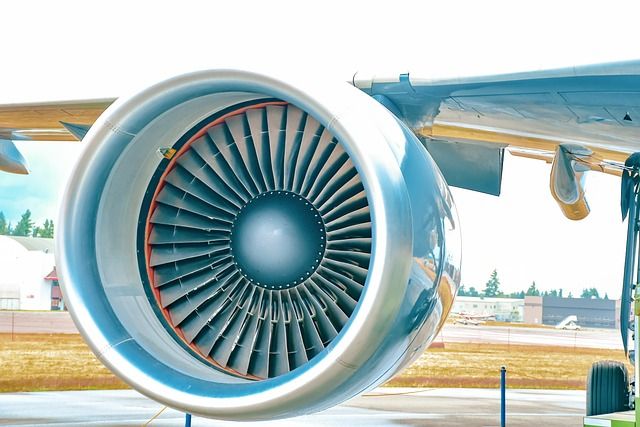Mexico's Aerospace Industry: Opportunities and Challenges
This article discusses the prospects for and difficulties encountered by Mexico's aerospace industry.

Aerospace is one of the most active and fastest-expanding sectors in the world. This rapid expansion of the aerospace sector creates a growing and profitable market for aircraft, materials, and component producers, as well as technology developers and research facilities.
However, the sector's sectors face substantial problems on multiple fronts, including competition, supply chain, the desire to expand operations, and the pursuit of macroeconomic predictability. The customers of these enterprises expect ongoing advancements in technological development, delivery times, and pricing. Manufacturers are attempting to cut fuel consumption in new aircraft to suit the needs of operators, who must reduce costs in the face of increasing competition among airlines.
Mexico is promoting itself as a worldwide player for the major aerospace corporations that need to boost their competitiveness. This industry represents one of the most critical opportunities for the country to leverage its comparative advantages and significant industrial growth to improve the national content of exports, create more and better employment, and boost the country's productivity.




